How to Grow Spinach in a Pot | Spinach Care and Grow Guide
Growing Spinach in the container is not difficult at all. Master the art of Spinach growing in pots by going through this post!
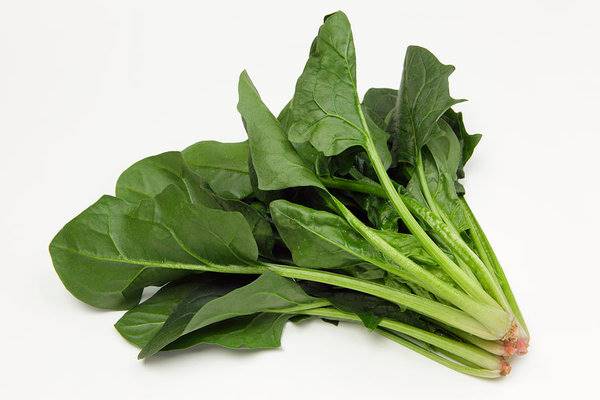
There are innumerate benefits of including Spinach in the diet, which you can reap by Growing Spinach in pots. Urban gardeners often find the lack of space in their home or garden annoying. Growing vegetables in the pot, such as Spinach, will not only save up space but provides ample fresh harvest of this leafy green! Plus, a little greenery hurts no one.
USDA Zone: 5-10
Growing Spinach in Containers
Grow Spinach in containers with a minimum 6-8 inches depth and 14 inches diameter. Soil rich in organic matter, well-draining, pH ranging from 6.5-7.5 is ideal. For Autumn growing place the pot in full sun whereas for springs partial shade. Harvest after 40 to 45 days.
When to Grow Spinach
Spinach growing depends a lot on the region you live in as climatic conditions change with the area. Fall is the best time to plant Spinach as it’s a cool-season crop, and the temperature in fall is ideal for germination and growth. Spring is also an excellent time to plant Spinach as long as you protect it from the heat and afternoon sun. You can grow Spinach indoors by moving the pot indoors or to a shady spot during summer when the temperature reaches above 80 degrees F.
Temperature
It’s a cool-season crop, which means that Spinach prefers when the temperature is somewhat on the cooler side. The ideal temperature for seed germination is 45 to 75 degrees F. Although young plants can survive in temperatures as low as 15 degrees F. For excellent growth temperature remaining between 60 to 70 degrees F is ideal with the minimum, and maximum temperature ranges from 50 to 90 degrees F. Check out this educational draft for details!
Types of Spinach
There are different types of spinach cultivars from which you can choose the variety that’s most favorable to your climatic conditions. Before buying the Spinach, seeds make sure to do some research on the best cultivar based on your region. The varieties can be broadly classified into three categories savoy spinach, semi-savoy Spinach, flat, or smooth leafed Spinach.
Savoy Spinach: It includes spinach varieties that are more productive and cold tolerant. Leaves are crinkles and grow pretty low. Some of the varieties are Bloomsdale, Regiment, and Hammerhead.
Semi-savoy Spinach: Leaves are somewhat less crankle, so washing them is a bit easy. The cultivars grow upright and are suitable for home gardeners as they are disease and bolt resistant. To name a few, Carmel, Emperor, Indian summer, Butterflay, Catalina are some of the semi-savoy spinach varieties.
Smooth-leafed Spinach: It’s a no brainer to deduce that smooth leafed Spinach has the smoothest leaves and is easiest to clean. Infact canned and frozen Spinach is usually smooth leafed Spinach. Common varieties include Gazelle, Space spinach, Red Carnival, Flamingo.
Choosing a Container
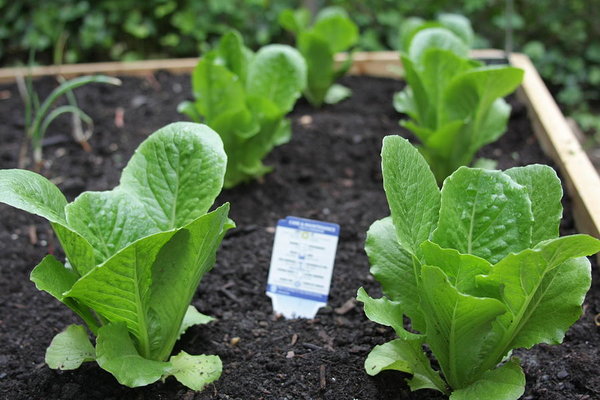
The first and foremost step for Spinach in a container is to choose the right container. The ideal container size is about 6 to 8 inches deep and 14 inches in diameter. You can grow 3-4 plants easily in the container, which is 14 inches in diameter. When it comes, materials go for terra cotta, concrete, wood, or glazed ceramic. Avoid choosing porous material as they can leech out the beneficial nutrients after watering. Spinach is one of the best plants that grow in shallow containers!
TIP: Choose boxed containers or even grow bags for dramatic effect!
Planting Spinach Seeds
Get the spinach seeds from any nursery, or you can order them online. Punch the spinach seeds half-inch deep into the soil and lightly cover it up with soil. If you are sowing seeds during summers, sow the seeds around an inch deep. You can even sow seeds in the seed trays and later transplant the seedlings into the pot.
Spacing
Space the seeds about an inch apart from each other so that after the seeds germinate, seedlings have sufficient space to grow. Once the seedlings grow, cut back the weak and shunted seedling in a manner that healthy seedlings have a space of 3-4 inches between them. You can issue scissors, garden shears, or simply pinch the seedling between thumb and finger to thin out the seedlings.
Soil
You can either prepare your own potting mix or get it from any trustworthy garden center or online store. Make sure the soil pH ranges from 6.5 to 7.5, and it contains organic matter. Well draining soil with soil having crumbly and loamy texture is well-fitting for growing Spinach. You can prepare your own potting mix by making a mix of perlite, peat or coir, and manure or compost in equal quantities. Although preparing our potting mix is laborious, you can ensure the quality of the materials used!
TIP: You can adjust the pH of the soil by adding limestone or even eggshells in the potting mix. Check out this educational article on soil testing to know more!
Location
Planning to grow Spinach in the fall? We would recommend placing the container rain spot that receives 6-8 hours of direct sun. As the days are short in Autumn and sun rays are also not that intense. In the springs, though, place the pot in a shady spot where it receives indirect sun, especially during the afternoon hours. You can also set the container on the windowsill or balcony if you prefer indoor space.
Watering
Water in a way that the soil remains moist but does not turn soggy. Make sure to water 2-3 times a week to ensure that soil is moist, especially during hot summers. Spinach can bolt when soil is allowed to dry out during summers; see that doesn’t happen. Check that soil is moist about an inch below the surface before watering to avoid overwatering. No one is going to benefit from soggy soil!
Mulching
Adding a fine layer of mulch in the container will facilitate the soil to retain moisture. Mulching is especially beneficial during summers when the soil dries out too quickly. Half an inch of mulch layer at the time of sowing seeds will help in moisture retention and thus germination.
Fertilizing Spinach
Any slow-releasing plant food or liquid fertilizer that’ll continue to provide nutrients to the plant is your best bet. You can even add a nitrogen-rich fertilizer to the soil before planting, as this will promote the growth of dark and healthy leaves. Fish emulsion and soy meal are suited for organically enriching the soil. Adding compost or well-rotted manure is also ideal organic fertilizing options.
Pests and Diseases
It’s highly unlikely that pests will torment Spinach in the container. Still, there might be caterpillars or slugs lurking in the leaves as they like to munch on leafy greens. You can quickly get rid of such pests by handpicking them! Apart from root rot caused due to overwatering, there isn’t much to worry about when it comes to diseases.
Harvesting Spinach
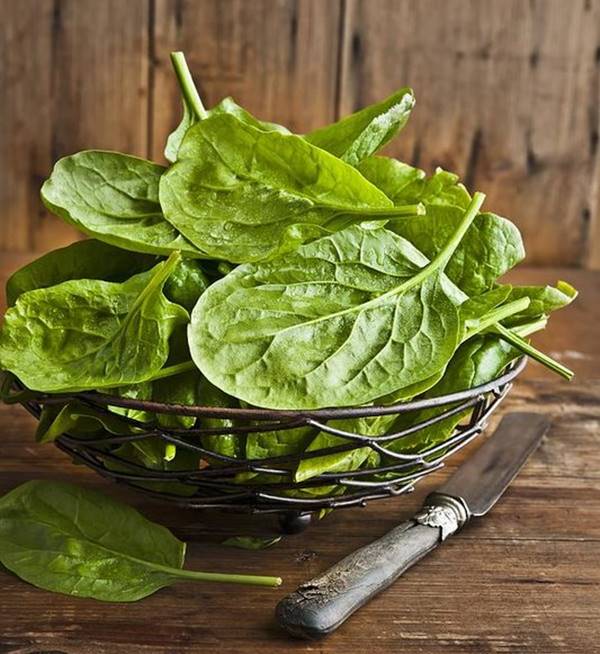
You can expect the harvest in about 40-45 days, which may vary slightly depending on the cultivar. As yield is available in such a short period, successive planting is possible. You can harvest the baby spinach plant that is about 2 inches long by pinching them off with thumb and forefinger. Adult plants are ready to harvest when they have a minimum of 6 leaves and with each leaf about 4 inches long. Harvest the outer leaves so that the plant continues to produce fresh leaves.
Bolting usually occurs in hot climatic conditions, so if you see flower stalks forming, harvest the whole plant. Another sign of bolting is that mature plants become tall in a short period. If you wait too long, the plant will flower and turn the leaves bitter and inedible.
Growing Spinach Indoors
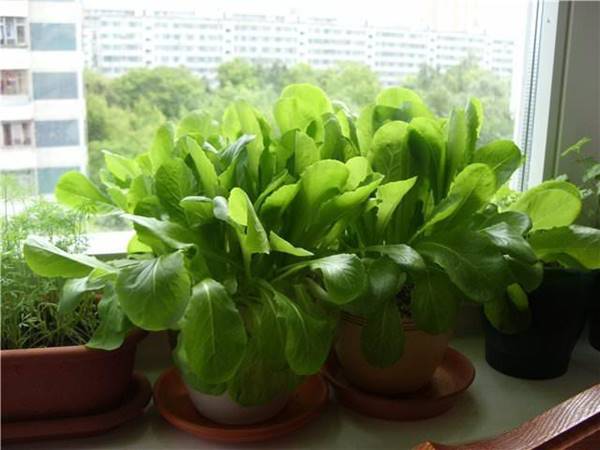
The great thing about Growing Spinach in containers is that you can easily relocate the pot indoors. You can even start the seeds early indoors in seedling trays or pots directly. If you place the pot indoors, make sure to find a spot where it receives bright direct or indirect light. Windowsill can be an excellent place to start!
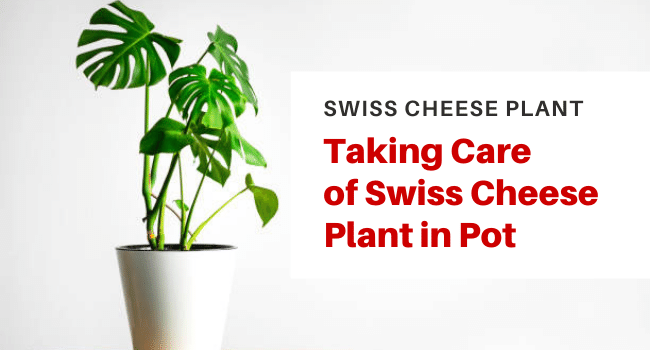
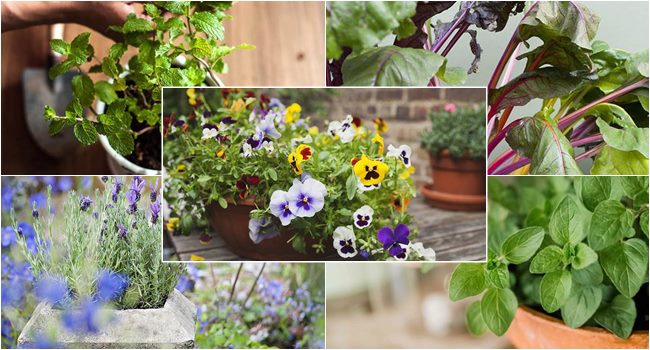
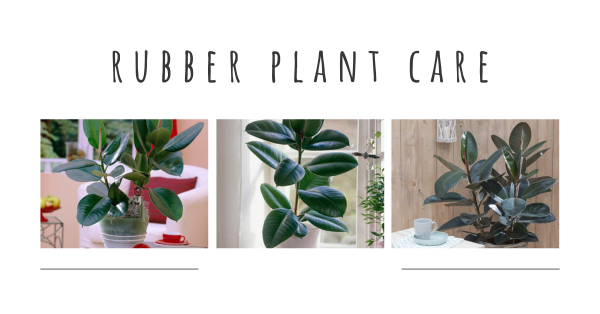

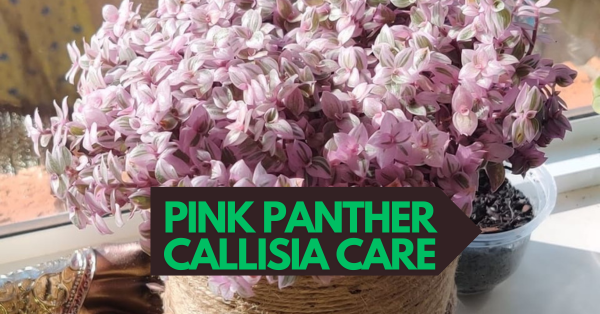
One Comment